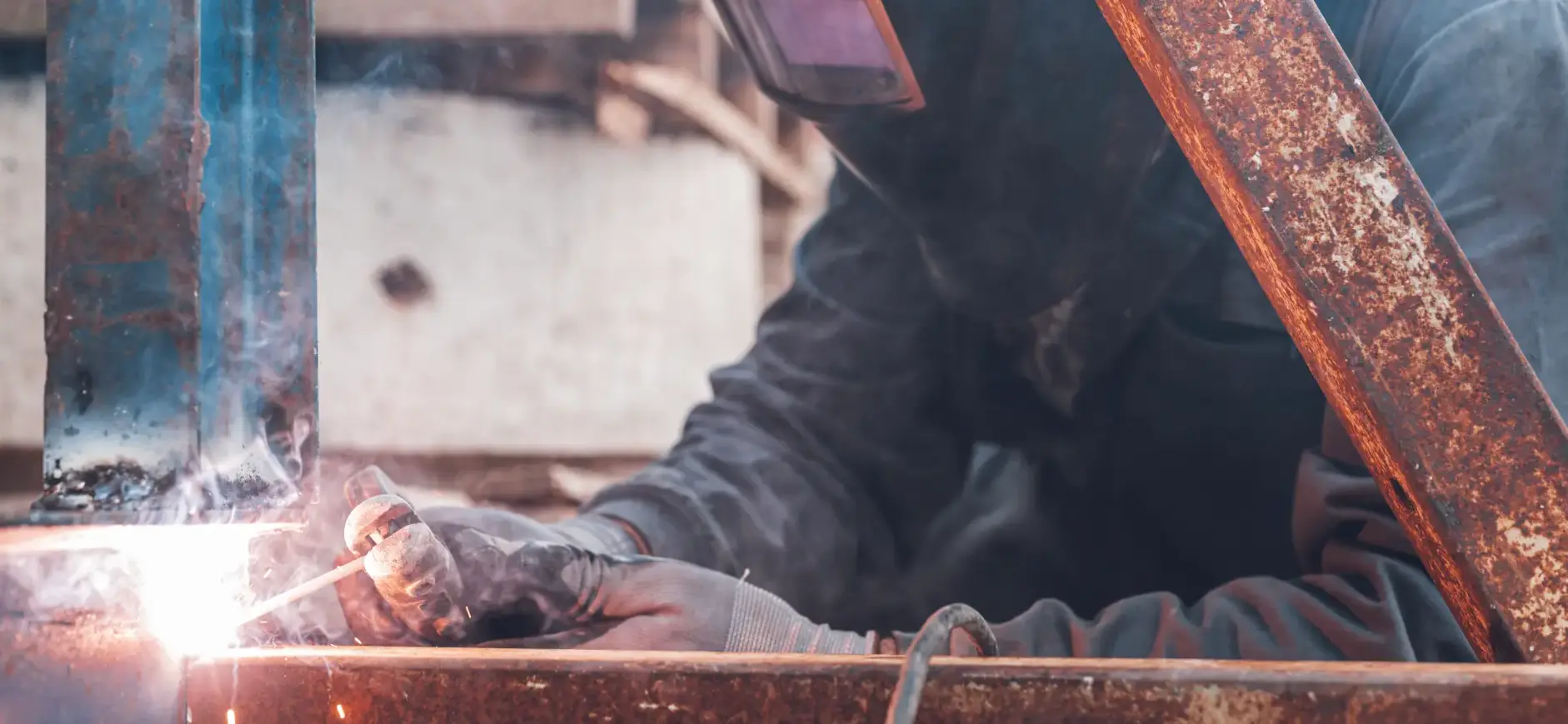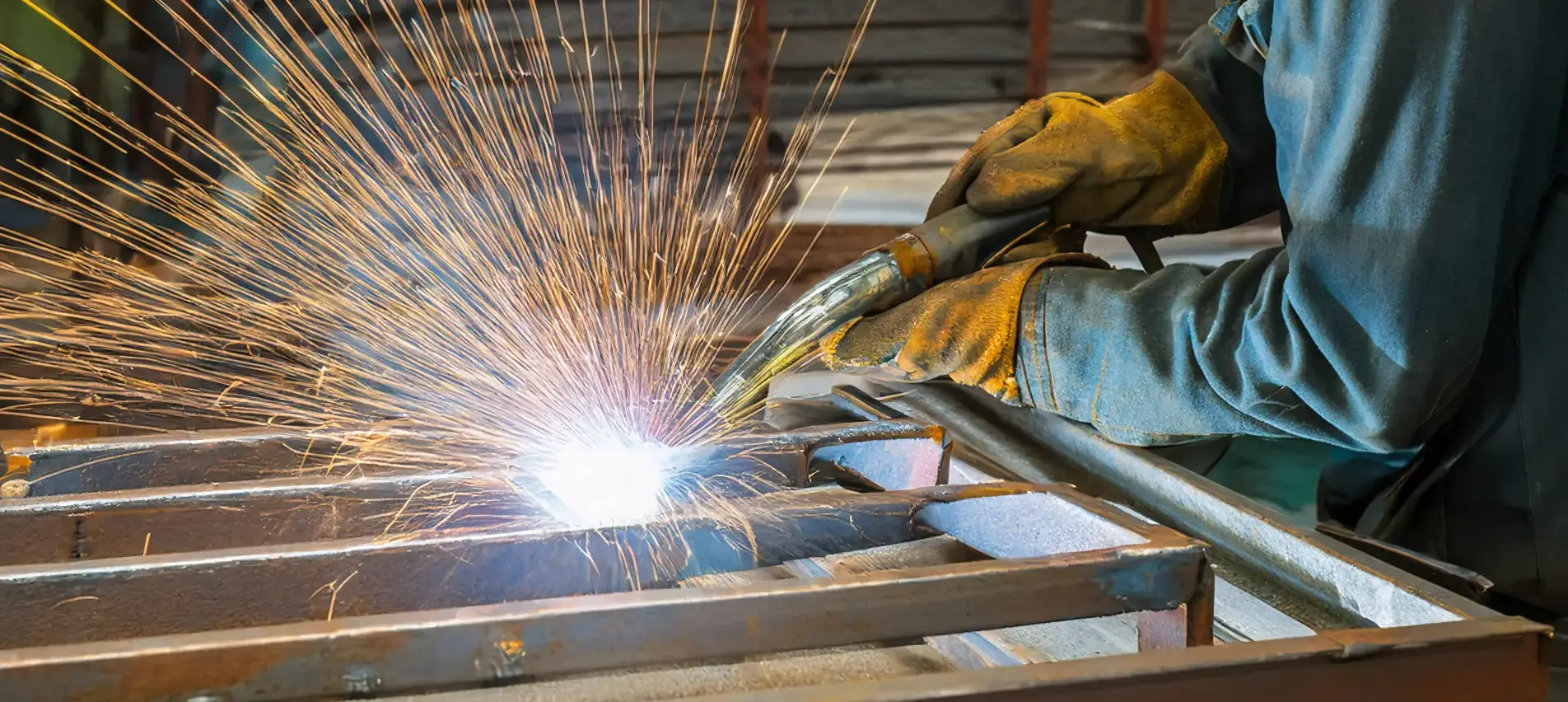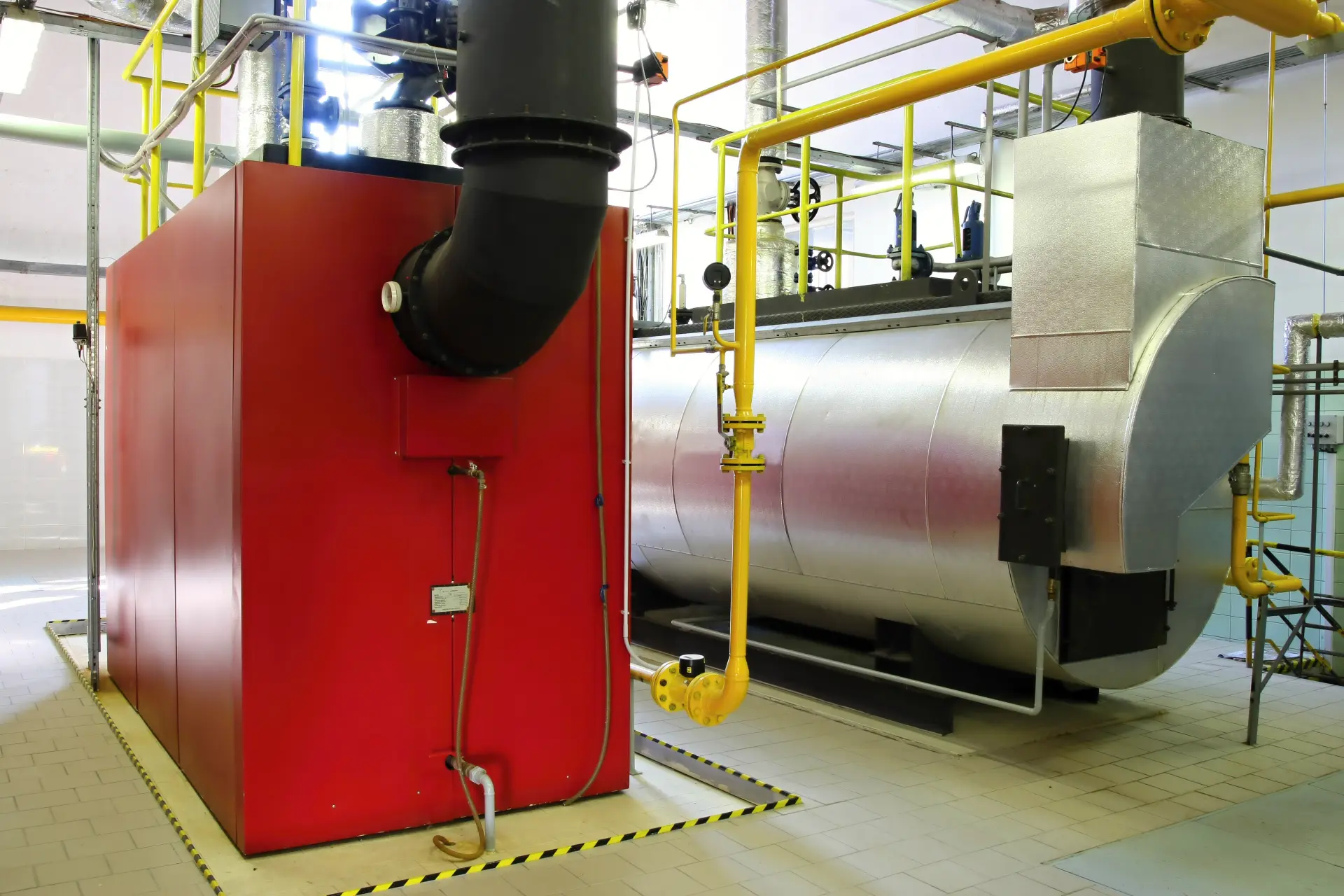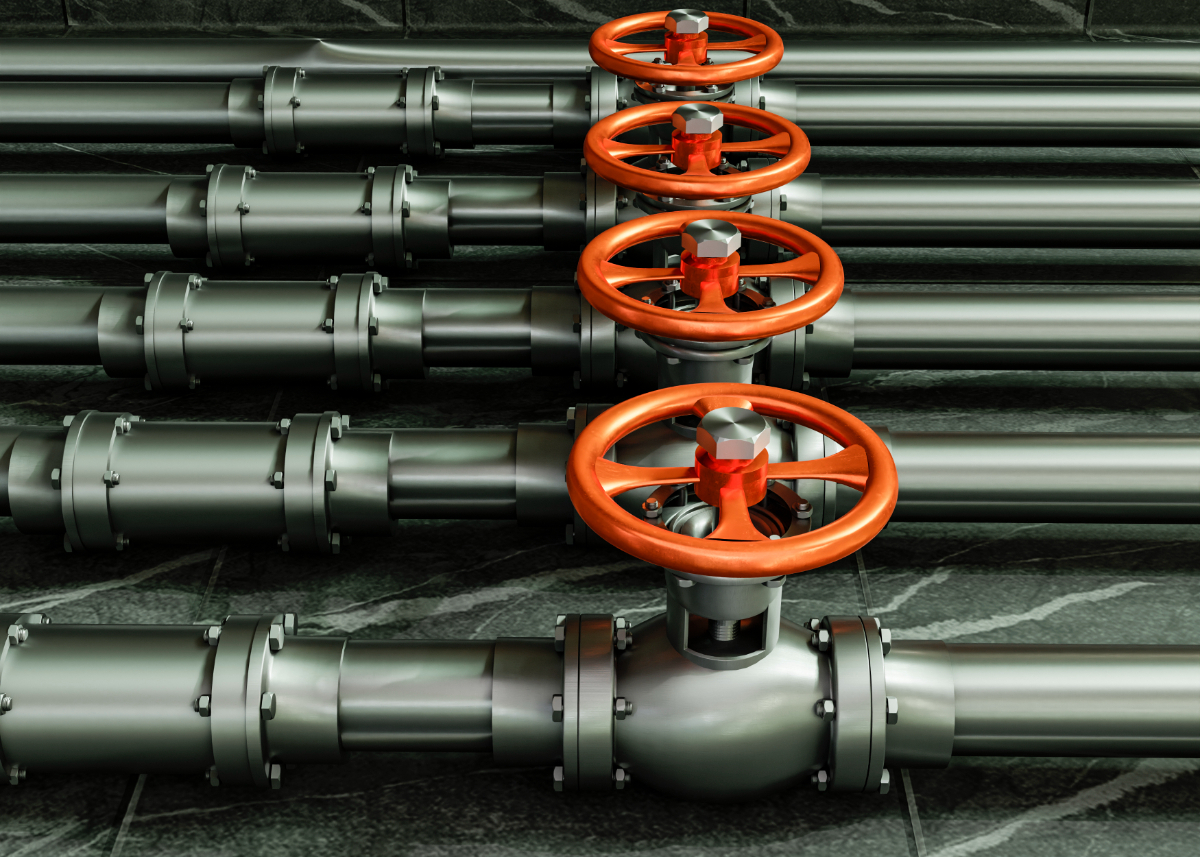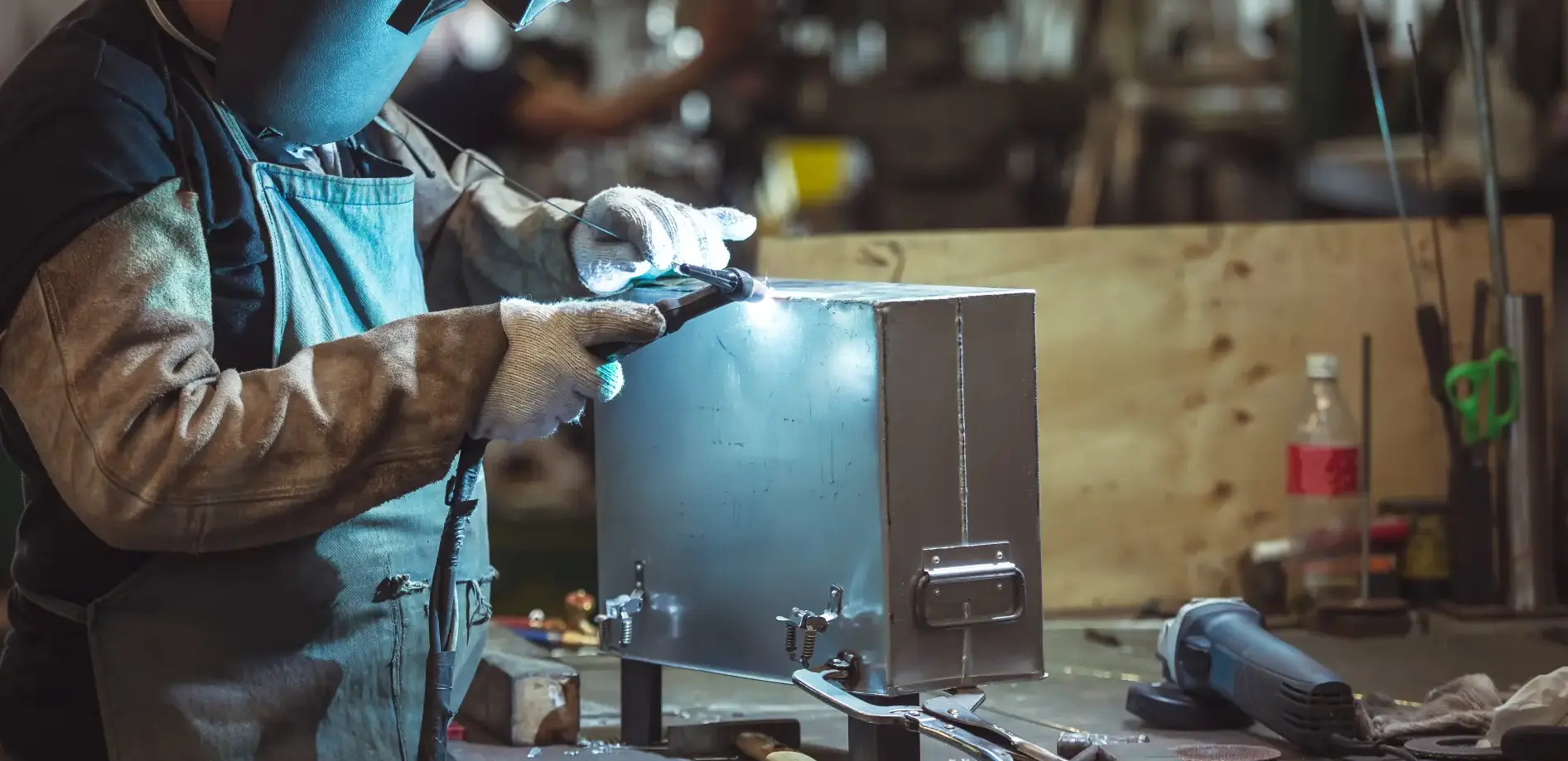Structural Steel in High-Rise Buildings
Structural steel plays a major role in the overall construction of high-rise buildings. Its high strength-to-weight ratio allows building developers to design tall, slender structures that have the ability to support lots of heavy loads without adding any unnecessary bulk. This makes steel an ideal choice for skyscrapers, office towers, and other multi-storey buildings where space efficiency and stability are essential.
Another key advantage of structural steel in high-rise construction is its flexibility. Steel frames can absorb and distribute forces caused by wind and seismic activity, which helps keep tall buildings safe and stable. Prefabricated steel sections can also be quickly transported and assembled on-site, reducing build times compared with materials such as concrete or masonry.
Alongside strength and speed, steel offers us plenty of design freedom. Architects can create open floor plans with fewer internal columns, offering more usable space and greater adaptability for offices, apartments, or mixed-use developments. With the right protective treatments, structural steel also meets strict fire and safety standards, making it a long-lasting and reliable material for modern high-rise projects.
The Role of Structural Steel in Bridges and Infrastructure
One of the most important materials used in modern bridges and infrastructure is structural steel. It offers users a combination of strength, durability, and flexibility makes it especially suited to projects that must carry heavy loads and withstand changing conditions over long periods. Bridges, railways, pipelines, and highways often rely on steel because it can support intense weight without adding excessive mass to the structure. One of the key benefits of steel in infrastructure is its ability to span long distances without the need for multiple supports. This makes it ideal for suspension bridges, arch bridges, and large overpasses where uninterrupted spans are required.

Steel is also flexible enough to handle dynamic forces such as traffic vibrations, wind, and even seismic activity, reducing the risk of sudden structural failure. In addition to performance, structural steel allows for faster and more efficient construction. Prefabricated components are usually manufactured off-site, and then they are quickly assembled, which is vital for large-scale infrastructure projects where downtime must be kept to a minimum.
With proper protective coatings, steel is resistant to any instances of corrosion and can last for decades, even in challenging environments such as coastal areas. Overall, structural steel ensures that bridges and infrastructure are safe and able to meet the demands of modern transport and industry.
Speed and Efficiency in Construction Projects
Structural steel is widely recognised for increasing speed and efficiency in construction. Steel components are manufactured off-site with high precision, then transported to the building location ready for assembly. This gets rid of the need for extensive on-site preparation and minimises delays caused by weather or unexpected conditions. Prefabrication also allows different parts of a project, such as design, manufacturing, and groundwork, to happen at the same time, which shortens overall construction schedules.
Compared with materials like concrete and masonry, steel enables projects to move forward faster. Concrete requires time to set and cure, and masonry depends on skilled labour placing each unit by hand. Steel structures, by contrast, can be erected in weeks rather than months, with bolted or welded connections speeding up assembly. This efficiency lowers labour costs, reduces disruption in busy areas, and helps projects meet strict deadlines. For developers and contractors, the use of structural steel often results in quicker returns on investment thanks to faster project completion.
Sustainability and Recycling Benefits
Unlike many common alternatives, structural steel is completely recyclable, and you can repurpose it multiple times without ever losing its strength or quality. This means that steel from old buildings, bridges, or vehicles can be thoroughly melted down and used again for many new construction projects. In fact, a large percentage of the structural steel used today already comes from recycled sources, and this helps us conserve our natural resources and lowers the demand for mining raw materials such as iron ore. Steel also plays an important role in reducing waste on building sites. Because steel components are manufactured off-site for more accurate measurements, very little surplus material is produced throughout the construction process.
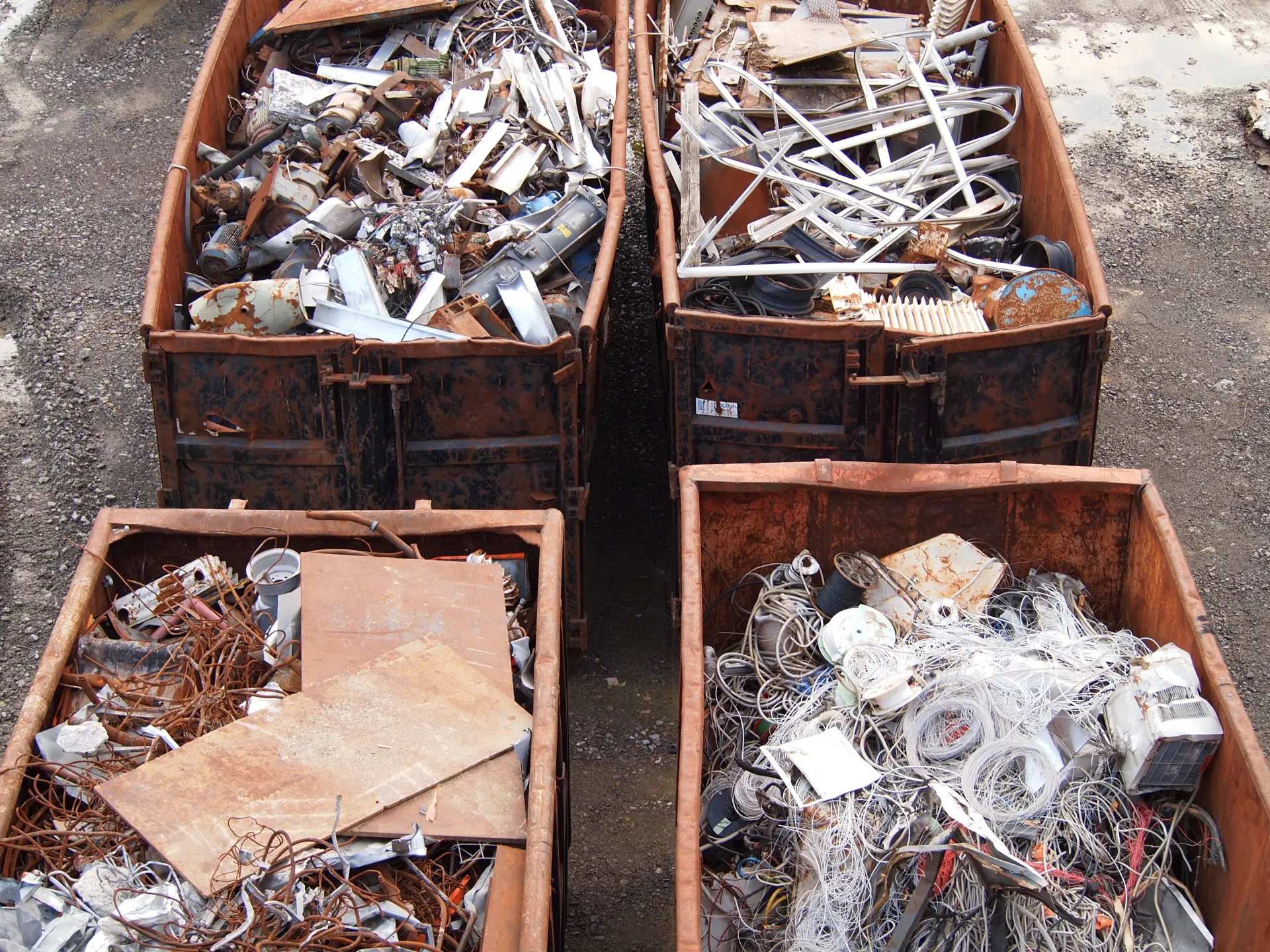
Compared with other building materials, steel’s recycling performance stands out. Concrete, while strong and long-lasting, is difficult to recycle and usually ends up crushed for use as aggregate rather than being repurposed into new concrete structures.
Timber can be reused or recycled in limited ways, but it is prone to decay, pests, and fire, which reduce its lifespan. Aluminium is recyclable too, but the energy needed to produce it in the first place is very high, making steel the more sustainable option overall.
By choosing structural steel, developers and builders can limit their environmental footprint, cut down on waste, and contribute to a better or more circular economy.
Future Innovations in Structural Steel
One of the most significant areas of innovation is the development of high-performance steels that are even stronger and lighter than the existing options. These advanced alloys allow engineers to design taller, more effective structures, all while using less material, which reduces the costs and overall environmental impact.
Another area of progress is in sustainability. Newer methods of producing steel with lower carbon emissions are now being more widely introduced into manufacturing. These efforts involve using electric arc furnaces powered by more renewable energy instead of traditional blast furnaces. There is also a lot of of ongoing work into carbon capture and storage within the steel industry, and this is aimed at making steel production much greener.
Technology is also changing just how steel is used on-site. Digital design tools like BIM (Building Information Modelling) allow many architects and engineers to create precise plans, reducing waste and errors that occur during construction. Prefabrication and modular building methods, supported by robotics and automation, are making steel assembly faster and more efficient. In the future, we may also see greater use of smart coatings that improve steel’s resistance to corrosion and fire, extending the lifespan of structures even further.
If you need fabrication and engineering services nearby, contact Anderson Engineering And Welding Services today. We provide reliable, high-quality solutions across Manchester and the North West to meet all your fabrication and engineering requirements.
